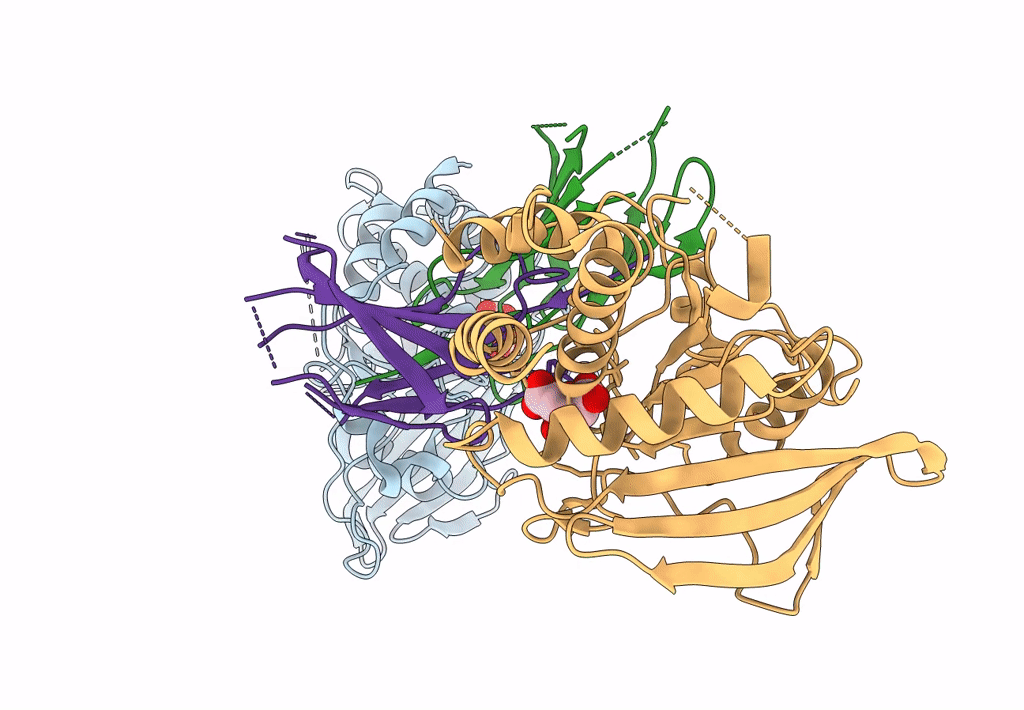
Deposition Date
2022-02-05
Release Date
2023-02-15
Last Version Date
2024-11-13
Entry Detail
PDB ID:
7TVJ
Keywords:
Title:
Crystal Structure of Monobody Mb(SHP2PTP_13)/SHP2 PTP Domain Complex
Biological Source:
Source Organism:
Homo sapiens (Taxon ID: 9606)
synthetic construct (Taxon ID: 32630)
synthetic construct (Taxon ID: 32630)
Host Organism:
Method Details:
Experimental Method:
Resolution:
2.39 Å
R-Value Free:
0.25
R-Value Work:
0.22
R-Value Observed:
0.23
Space Group:
P 1


